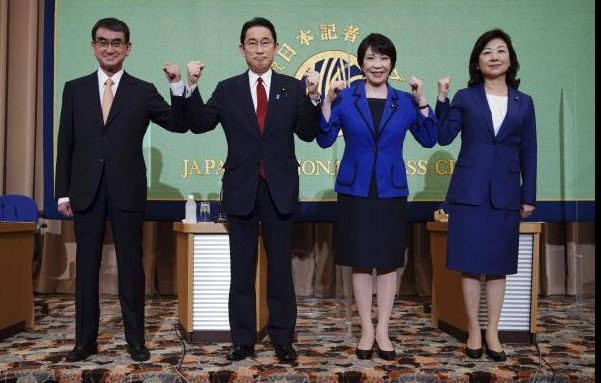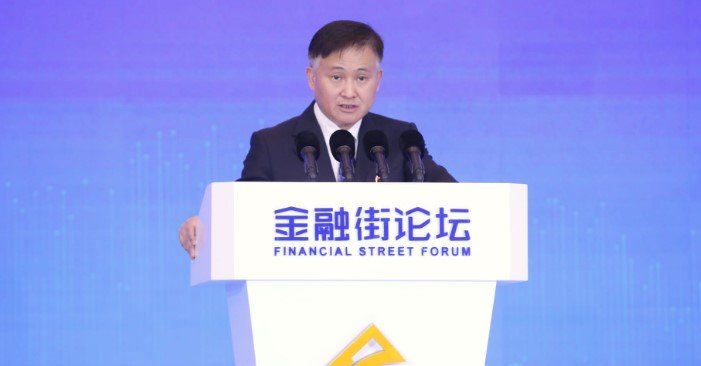Japan is taking significant steps to encourage more men to take paternity leave, aiming to create a more balanced and equitable society. Despite various incentives from the government, the percentage of men taking paternity leave in Japan remains remarkably low. To address this issue, the government is considering increasing the paternity leave allowance, hoping to shift the current trends. However, for this initiative to succeed, it is crucial to change the attitudes of both employers and colleagues towards paternity leave.
Current State of Paternity Leave in Japan
Paternity leave in Japan has been a topic of discussion for years, especially with the nation’s ongoing efforts to address its declining birth rate and aging population. According to a survey conducted by the Ministry of Health, Labour, and Welfare, only 17% of eligible male employees took paternity leave during the fiscal year 2022. This low percentage reflects the deep-rooted cultural norms and workplace expectations in Japan, where taking time off for childcare is often viewed as a woman’s responsibility.
Government’s Target for Paternity Leave by 2025
The Japanese government is determined to change these statistics, setting an ambitious goal to increase the percentage of men taking paternity leave to 50% by 2025. This target is part of a broader strategy to promote gender equality and support families in Japan. Achieving this goal, however, requires more than just policy changes; it demands a cultural shift in how paternity leave is perceived in Japanese society.
Proposed Changes to Paternity Leave Allowance
One of the most significant changes proposed by the Ministry of Health, Labour, and Welfare is to increase the paternity leave allowance. Currently, male employees in Japan receive a paternity leave allowance equivalent to approximately 80% of their regular income. The ministry has proposed increasing this allowance to 100% of their income, a move designed to remove financial barriers that may prevent men from taking paternity leave.
The proposal, presented to a committee on November 13, 2023, outlines that this 100% allowance would be applicable for up to 28 days of paternity leave, provided that both parents take a minimum of 14 days of leave. This condition aims to encourage shared responsibility in childcare between mothers and fathers, promoting a more balanced approach to parenting.
Challenges in Implementing the New Policy
While the government’s proposal is a step in the right direction, its success largely depends on how it is received by employers and the wider society. In many Japanese workplaces, taking extended leave, especially for men, is still stigmatized. Many men fear that taking paternity leave could negatively impact their careers, leading to missed promotions or being perceived as less committed to their jobs.
Moreover, the workplace culture in Japan is often characterized by long working hours and a strong emphasis on loyalty to the company. This culture can make it difficult for employees to prioritize family responsibilities, even when financial support is available. For the government’s initiative to be successful, it is essential to foster a work environment where taking paternity leave is normalized and supported by both employers and colleagues.
The Role of Employers in Encouraging Paternity Leave
Employers play a crucial role in the success of any paternity leave policy. Companies need to actively encourage their male employees to take advantage of paternity leave and create an environment where this is seen as a positive and expected choice. This can be achieved by implementing clear policies, offering flexible work arrangements, and promoting a culture of work-life balance.
Some companies in Japan have already taken steps in this direction, offering additional incentives and support for employees who take paternity leave. These initiatives include providing information sessions for expectant fathers, offering extended leave options, and ensuring that there is no negative impact on the employee’s career progression.
Cultural Shifts Needed for Long-Term Success
For the government’s paternity leave policy to have a lasting impact, there needs to be a broader cultural shift in how parenting roles are viewed in Japan. Traditionally, childcare has been seen as the mother’s responsibility, while the father’s role has been primarily that of the breadwinner. Changing this perception requires ongoing efforts in education, public awareness campaigns, and positive role models who demonstrate the benefits of shared parenting responsibilities.
Furthermore, it is essential to address the underlying societal pressures that discourage men from taking paternity leave. This includes challenging the norms that equate long working hours with dedication and success, and instead promoting a culture where work-life balance is valued and supported.
Conclusion: A Promising Path Ahead
Japan’s efforts to increase paternity leave for men are a promising step towards achieving gender equality and supporting families. While the proposed increase in paternity leave allowance is a significant move, it must be accompanied by a broader cultural shift in both workplaces and society as a whole. By creating an environment where men feel supported in taking paternity leave, Japan can move closer to its goal of a more equitable and balanced society, where both parents are actively involved in raising their children.
As the government continues to push for these changes, it is vital for employers, employees, and society to work together to ensure that the next generation of Japanese children grows up in a more inclusive and supportive environment.











